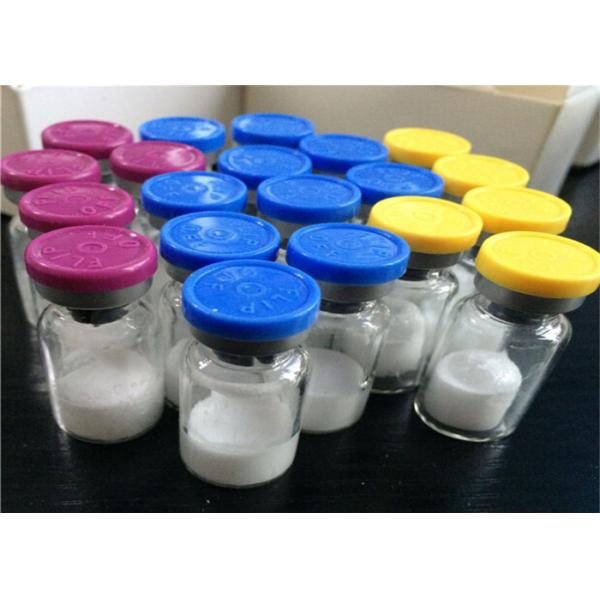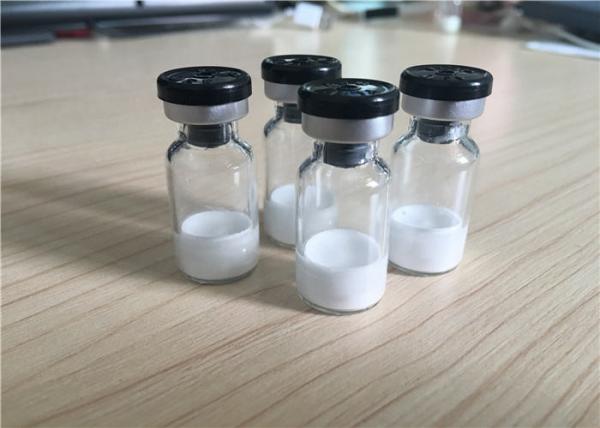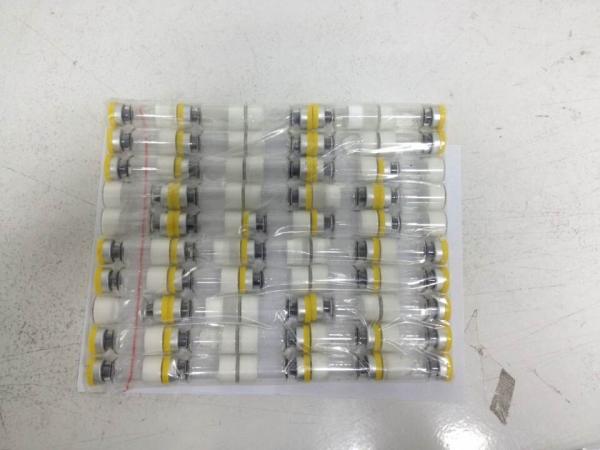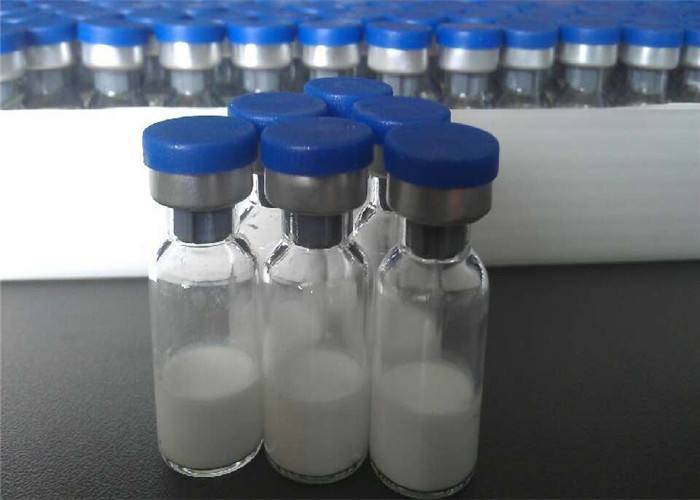Mf: C43h66n12o12s2
Teneur en peptides (N %): ≥80.0%
Ocytocine :
Oxytocin is a mammalian hormone that acts primarily as a neuromodulator in the brain. Oxytocin is best known for its roles in sexual reproduction, en particulier pendant et après l'accouchement. Il est libéré en grande quantité après distension du col de l'utérus et de l'utérus pendant le travail, faciliter la naissance, and after stimulation of the nipples, facilitating breastfeeding. The word oxytocin was derived from the Greek word”, meaning quick birth. The oxytocin peptide is synthesized as an inactive precursor protein from the OXT gene.
Oxytocin is a peptide of nine amino acids (a nonapeptide). Its systematic name is cysteine-tyrosine-isoleucine-glutamine-asparagine-cysteine-proline-leucine-glycine-amine (cys, tyr, ile, gln, asn, cys, PRO, leu, gly – NH2, or CYIQNCPLG-NH2). The cysteine residues form a disulfide bond. Oxytocin has a molecular mass of 1007 daltons. One international unit (IU) of oxytocin is the equivalent of about 2 micrograms of pure peptide. The trust-inducing property of oxytocin might help those who suffer from social anxieties and mood disorders, but with the potential for abuse with confidence tricks and military applications.
Application:
Les analogues d'ocytocine injectés sont utilisés pour l'induction du travail et pour soutenir le travail en cas de parturition difficile. Il a largement remplacé l'ergométrine en tant qu'agent principal pour augmenter le tonus utérin dans l'hémorragie aiguë du post-partum. L'ocytocine est également utilisée en médecine vétérinaire pour faciliter l'accouchement et stimuler la libération de lait. L'atosiban, agent tocolytique (Tractocile) agit comme un antagoniste des récepteurs de l'ocytocine; ce médicament est enregistré dans de nombreux pays pour supprimer le travail prématuré entre 24 et 33 semaines de gestation. Il a moins d'effets secondaires que les médicaments précédemment utilisés à cette fin (ritodrine).













 Directeur commercial
Directeur commercial